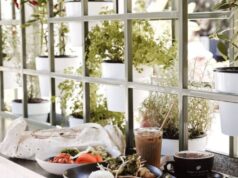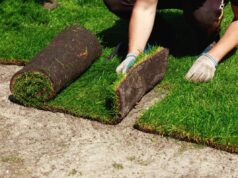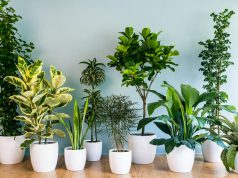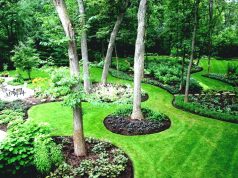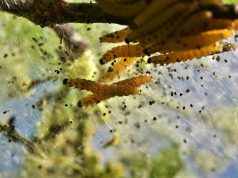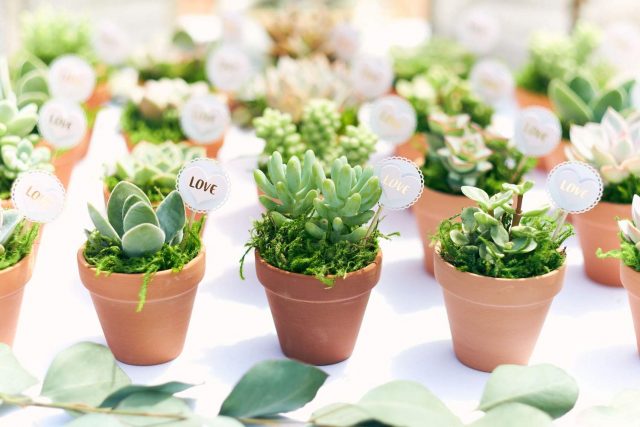
Considering a succulent purchase? Many people when thinking about whether they should buy a succulent ask themselves “where should I plant my succulent”? When confronting this question on where to plant your succulents it is critical that you always account for light, temperature, humidity, and amount of rain. In this article, we will outline why it is important to account for light, temperature, humidity, and amount of rain when selecting a place to plant your succulent.
We will then provide a couple of ideas of great places where you can plant your succulent. Ultimately when considering where to plant your succulents it is important to remember only one thing, you can plant your succulents wherever you want, it is just important to always account for light, temperature, humidity, and level of rain. If you are looking for a place to buy succulents check out Succulent Market. They have amazing quality and it is one of my favorite places to shop for succulents online.
1. Light
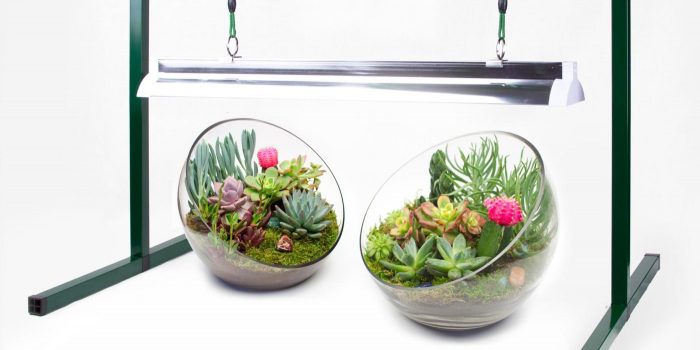
The first thing to consider when thinking about where to plant a succulent is light. The first question to ask yourself when considering where to plant your succulent is: are my succulents shade lovers or sun lovers.
There are numerous varieties of succulents in the world. Many succulents are of a specific genus. Below I will outline the most popular varieties of succulents and whether they are shade lovers or sun lovers: Popular types of shade lover succulents include Haworthia, Aloe, and Peperomia. Some popular types of sun lover succulents include Echeveria, Crassula, Aeonium, and Sedum.
Shade-loving succulents require more shade and will burn in direct sunlight when exposed to the strong powerful sun all day. So, you should plant a shade loving succulent in an area that receives at least 80% shade a day or indoors by a windowsill. Sun-loving succulents require a lot of suns to maintain their vibrant color. You should plant sun-loving succulent’s outdoors in direct sunlight, in an area with only 50% shade a day, or on a sunny windowsill indoors or outdoors.
It is important to remember when exposing sun-loving succulents to direct sunlight to acclimate the succulents with shade or grower’s cloth, as these succulents can still burn if moved from a shadier environment to one with direct sunlight for the entire day.
2. Temperature:
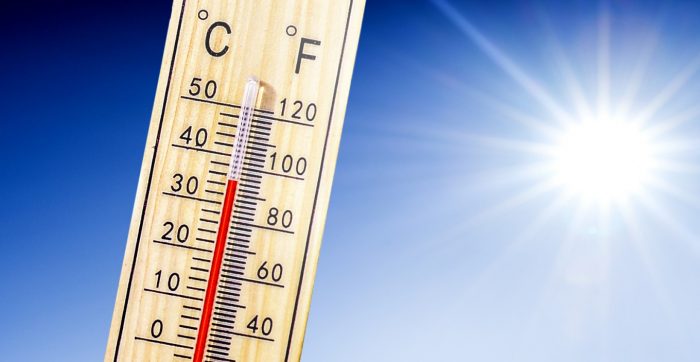
The second thing to consider when thinking about where to plant a succulent is temperature. Most varieties of succulents will not survive in any temperature that drops below thirty degrees Fahrenheit. In addition, succulents will not thrive in temperatures that consistently exceed one hundred degrees Fahrenheit for an extended period of time.
Only being exposed to a temperature above one hundred degrees Fahrenheit once or twice a week at most will likely not be detrimental to the succulent. So, when attempting to find a place to plant your succulent consider if your temperature will reach either of these extremes.
If you think the temperature in your locale will regularly drop below thirty degrees Fahrenheit, then it is best to consider planting your succulent inside. Or if you really want your succulent outside, but it will be exposed to freezing temperatures, plant it in a pot so that you can move it inside or to a protected area when extreme temperatures occur. If you are not exposed to a climate with extreme temperatures, then that’s perfect. You can practically plant your succulent wherever you like.
3. Humidity
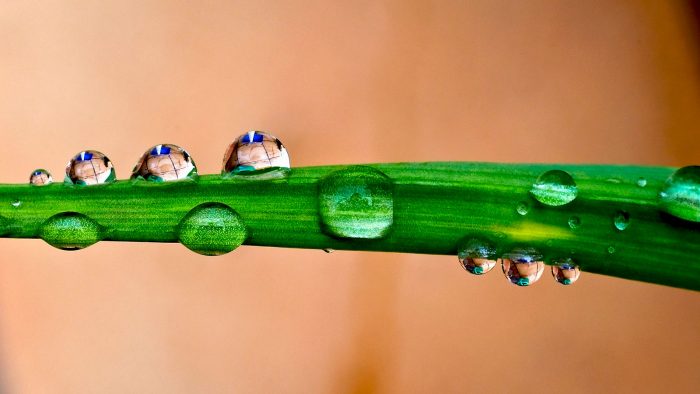
The third thing to consider when thinking about where to plant a succulent is humidity. It is important to note that an ideal humidity is not required for succulents to thrive, but it is best to account for humidity if you are trying to place your succulent in the best area. For the most part, succulents thrive in dry climates.
So, a humid climate is not ideal for succulents, but succulents will still grow and can even thrive in humidity. With that being said, it is important to know that some varieties of succulents are more tolerant of humid climates than others. A popular variety that is likely to do fine in a humid climate is Haworthias. This is because the leaves of Haworthia varieties are strong and callous. These features allow the leaves of a Haworthia succulent to not turn mushy when exposed to a humid climate. On the other hand, some popular varieties of succulents that not do so well in humidity include Echeverias and Crassulas.
The leaves of Echeverias and Crassulas are not as strong as Haworthias, which causes their leaves to become mushy when exposed to an incredibly humid climate. So, if you live in an extremely humid climate, it may be best to place your succulents indoors or in pots so that you can move your succulents indoors when your local climate becomes too humid. If you have a dry climate, then you have nothing to worry about, your succulents will do great both outdoors and indoors.
4. Level of Rain
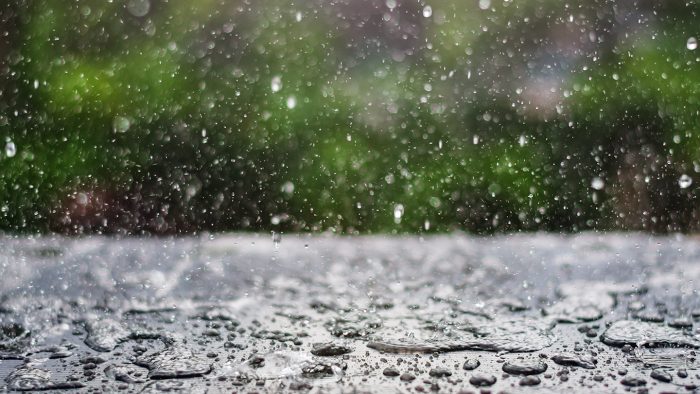
Another thing to look out for when selecting a place to plant our succulents is the level of rain in your local climate. As previously stated, succulents love dry climates and ironically enjoy a little stress. This means that succulents will thrive if they go through a period when they require important nutrients such as water, but none is provided.
The process of starving your succulent of water is called allowing a succulent to undergo a dry period. Allowing your succulent to go through a dry period is ideal for succulent growth and will allow your succulents to maintain their strength and color. This is important because if you choose to place your succulents outdoors and it rains often, then it is likely that your succulent will not have very vibrant colors and may even rot because succulent requires a level of dryness for air to flow through in their soil.
So, if you live in a climate where it rains a lot it may be best to keep your succulents indoors.
So there you have it! If you place your succulents in an area after accounting for light, temperature, humidity, and level of rain, then your succulents will thrive. It is always important to account for light, temperature, humidity, and level of rain when attempting to find a place to plant a succulent, if you fail to do so then it is likely that your succulent will die from the rot of burn.
For further details visit Succulent Market at succulentmarket.com

